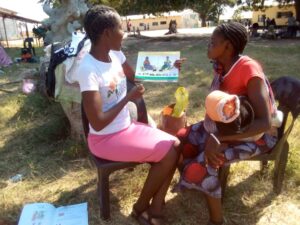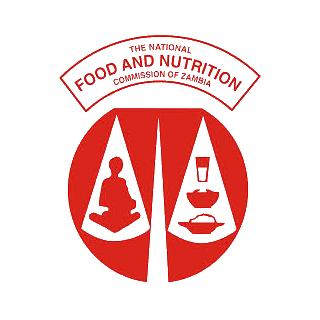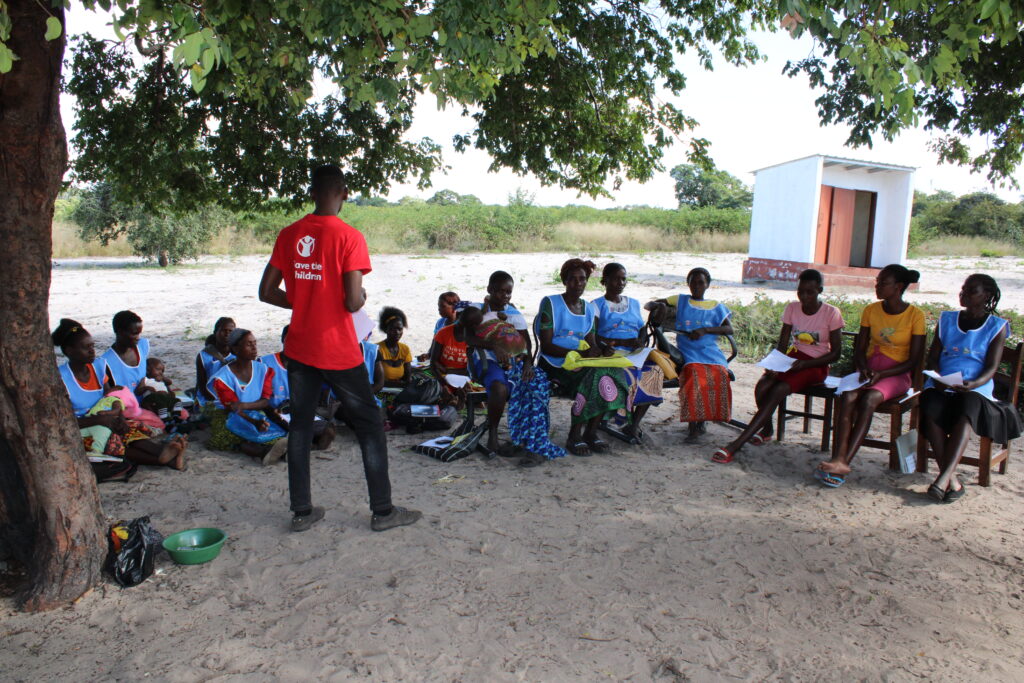
By Nancy Mukelabai
Malnutrition of both mothers and children is a key factor in child morbidity and mortality among low income families in Zambia. Ensuring adequate nutrition among the vulnerable population is a serious challenge which has always required full attention from stakeholders and the government.
A number of factors operating at different levels determine under-nutrition among children. Some of the broad categories that influence an individual’s nutrition status are food, care and health. Adequate nutrition therefore requires the appropriate levels of all the three categories.
As it is well known, rapid growth of a child occurs within the 1st 1000 days of life. This starts from conception, foetal life, birth and infancy of up to the second birthday of a child. Malnutrition during foetal and early childhood development period leads to a negative impact on the brain development, structure and cognitive function. The child is thus negatively impacted and experiences poor health, poor performance in school, retarded physical growth and diminished cognitive growth among other. When the child who was once malnourished during the 1st 1000 matures into an adult, they suffer from reduced productivity and income earning capacity.
The Zambian government through the National Food and Nutrition Commission (NFNC) with support from UNICEF has to that effect been implementing programs aimed at addressing malnutrition and stunting levels in children. The interventions are being implemented through key sector ministries namely Education, Fisheries and Livestock, Agriculture, Community Development and Social Services, Health, Local Government, and Forestry.
Kalabo is among the districts of Western province with high stunting levels. According to the 2019 baseline survey conducted by SUN LE, the prevalence of stunting among children below 2 years of age in Kalabo stands at 29.1 percent. To this end, the district is among those implementing the Scaling Up Nutrition (SUN) program in the country.
Priority interventions to be scaled up were identified as nutrition specific interventions which are programs that address the immediate determinants of foetal and child nutrition and development while nutrition sensitive interventions address the underlying determinants of child nutrition and development such as food security, hygienic environment and access to health services.
The key implementing sectors have been conducting programs with the target population of pregnant and lactating mothers, and households of children of two years and below of age. Various trainings were being conducted on nutrition sensitive messages, cooking demonstrations, child growth monitoring and provision of agricultural inputs, social protection and water and sanitation services.
However, despite all the programs being in place it was still learnt that not all of the targeted population was reached. This could have been because each sector had its own target beneficiaries. This meant that the target beneficiaries could have been accessing interventions from either one or two sectors, but surely not from all. This negatively affected the intended purpose of reducing malnutrition and stunting levels among children below two years old.
Kalabo district has since adopted the Nutrition Support Group (NSG) model which serves as a platform for linking communities to service providers. The model is a modified version of care group methodology and serves as a vehicle for promoting the adoption of positive health and nutrition practices and also the consumption of nutrient-dense and protein-rich foods at household level. The NSGs are important for achieving multisectoral convergence of interventions to the target beneficiaries for maximum impact on stunting reduction. Dedicated peer-peer mother group promoters and volunteers support household beneficiary mothers achieve social behavioural change. The whole purpose is to ensure that each target household receives interventions from all the key implementing sectors through the volunteers and the promoters of each NSG.
Though the government workforce to be used is mainly from the Ministry of Health, the households are to be reached with a multisectoral package of Social Behavioral Change (SBC) messages for improved nutrition. The promoters and the volunteers are selected from amongst the beneficiaries in line with the peer-to-peer behavior change approach on which the model is anchored.
The duty of the promoters is to work with the implementing sectors in their zones by facilitating trainings, collecting and analyzing household data and reporting while the role of the volunteers is to visit the neighbor households monthly and also to mobilize them in participating in community activities that address nutrition issues.
NFNC District Nutrition Support Coordinator Inonge Nosiku has observed that the NSG model is one of the best practices that will help address malnutrition among SUN II households. Ms Nosiku says the model has led to a direct link to the beneficiary households under MCDP II.
“The Nutrition Support Group model is very good as it has resulted into direct linkages between the implementing sectors and the beneficiaries. The model requires all sectors to meet at every one of the households unlike before. It therefore makes the beneficiaries improve their nutrition knowledge and status in all aspects that address good cooking and feeding methods, good agricultural practices, access to clean and hygiene environment and social protection services at household level. This is the convergence which is important for scaling up essential interventions in the 1st 1000 most critical days as sectors plan together to cover the same wards and not separately,” she said.
And NSG Supervisor Wamulume Wamui has affirmed that the NSG model has actually improved on enlightening the mothers on the full SUN package of interventions.
“There is a visible direct link from the sectors and us the field supervisors to the promoters, then the volunteers up to the beneficiary mothers throughout the wards as they are grouped in tens, making each and every mother reachable as the nutrition supervisors and volunteers work within their neighborhoods,’’ explained Mr. Wamui.
As the government and cooperating partners are working hard in reducing malnutrition and stunting levels among children in the country, it is imperative that workable measures continue to be put in place. And these measures have to reach the targeted beneficiaries in full, which in turn will result in improved nutrition knowledge and practices at household level.
Since the use of Nutrition Support Groups (NSGs) has been identified as the best avenue through which implementing sectors are delivering nutrition lessons and inputs to the household beneficiaries, positive results are being achieved under phase two of the 1st 1000 Most Critical Days Program (MCDP II). Pregnant, lactating mothers and households with children below two years old are therefore being encouraged to join NSGs in their respective wards and localities. This is because the convergence of sectors is at the same household and therefore the interventions will benefit the same child in the first 1000 days from conception until the child’s second birthday.
Ends…NAIS



